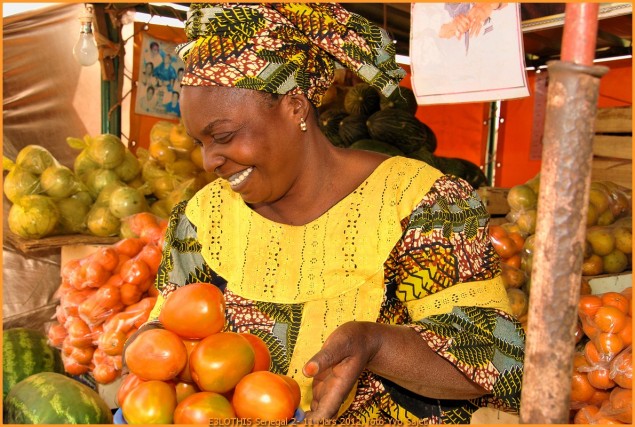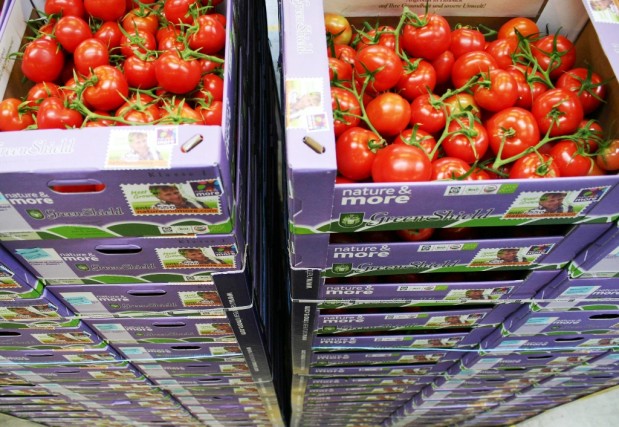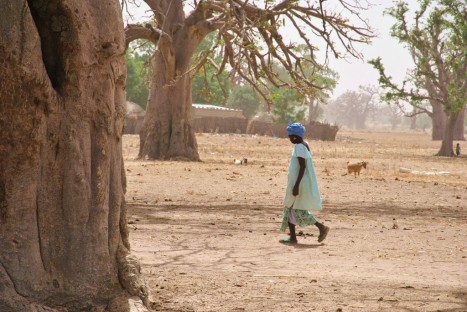There is enough production capacity
Many people emphasize that hunger in the world is not a matter of production, but of bad distribution and food waste. In 2006 the United Nations stated, by word of special rapporteur Jean Ziegler, that the world was producing enough at that particular moment to feed 12 billion people. According to FAO estimates, 30% of all food that is produced, is wasted. Also, a huge part of agricultural production is used inefficiently for fuel and cattle feed. Since the beginning of industrial farming food production has increased tremendously, but hunger in the world has kept pace. At this moment 1 billion people are suffering from hunger, while 1 billion people are overweight. A lot of famine occurs in countries that have badly neglected their domestic agricultural policy for decades, under pressure of international neoliberal politics. Hunger in the world is, in the first place, an economical and political matter.
According to USDA statistics, the current world production of grains including rice, amounts to 791 grams per world citizen, if you would have to share it with 9 billion people. And that's only grains. According to researchers of Penn State University, who made a more conservatieve estimate, a production increase of 26%, counting from 2014, would suffice to feed 9 billion people in 2050. See also this article (Dutch only, try using Chrome).







